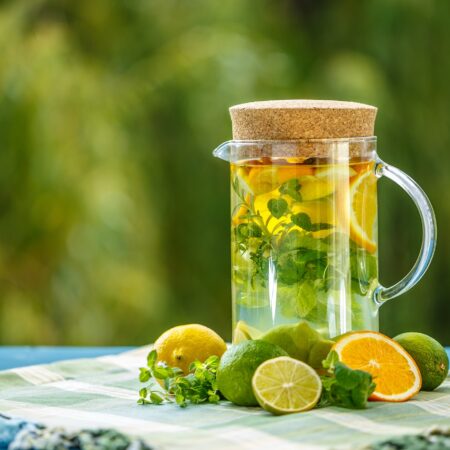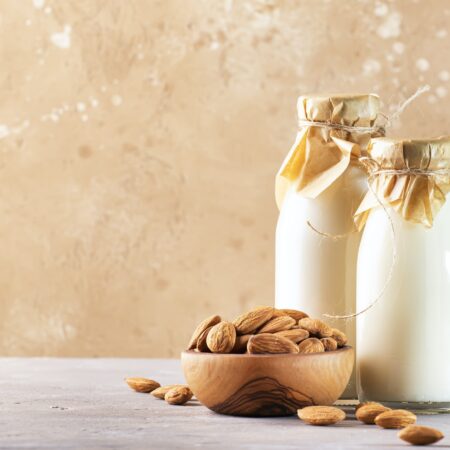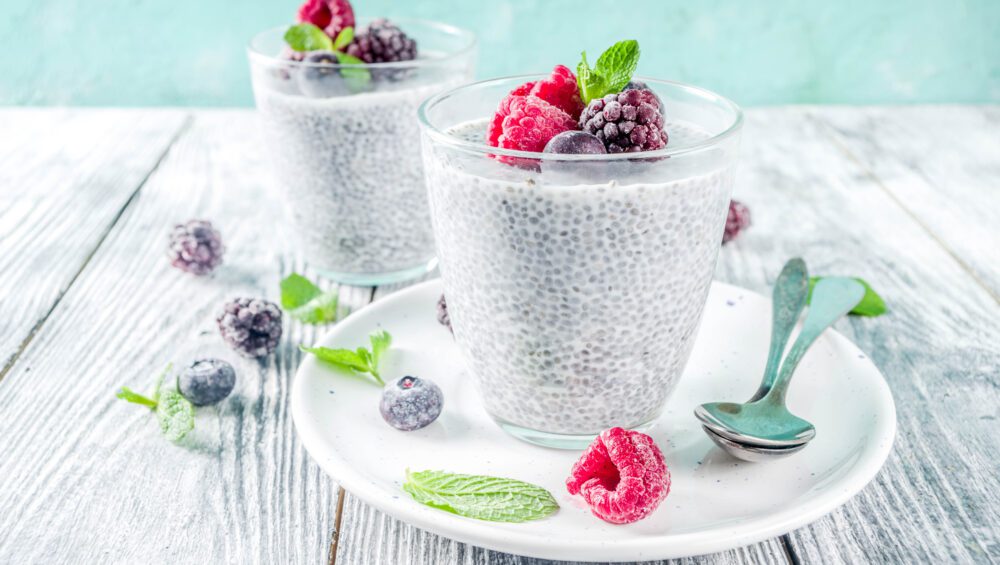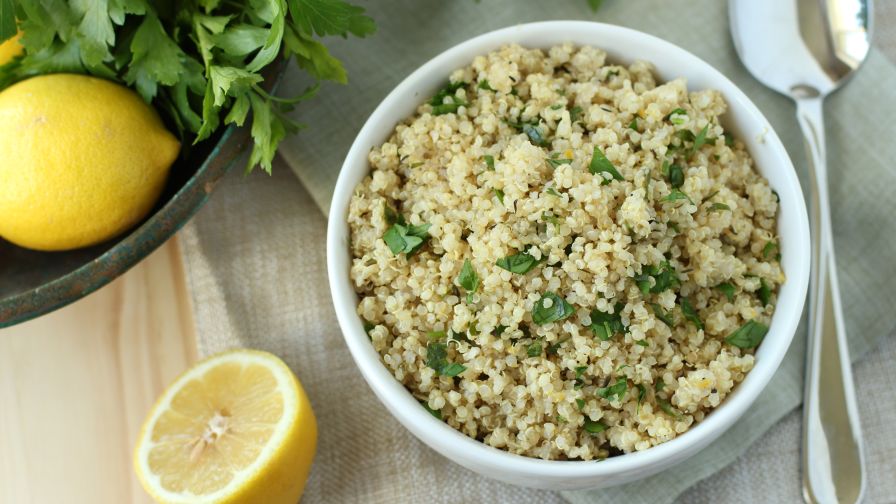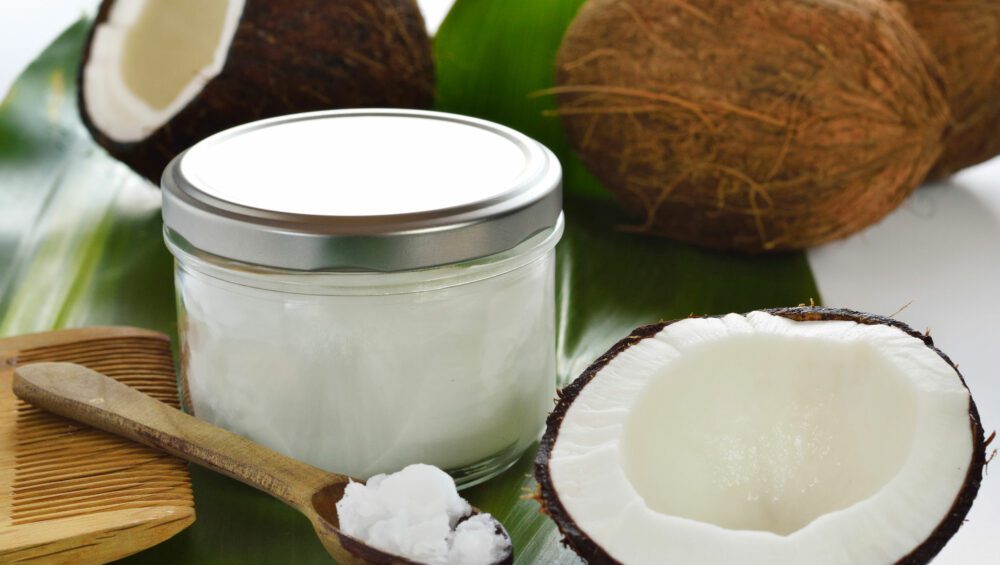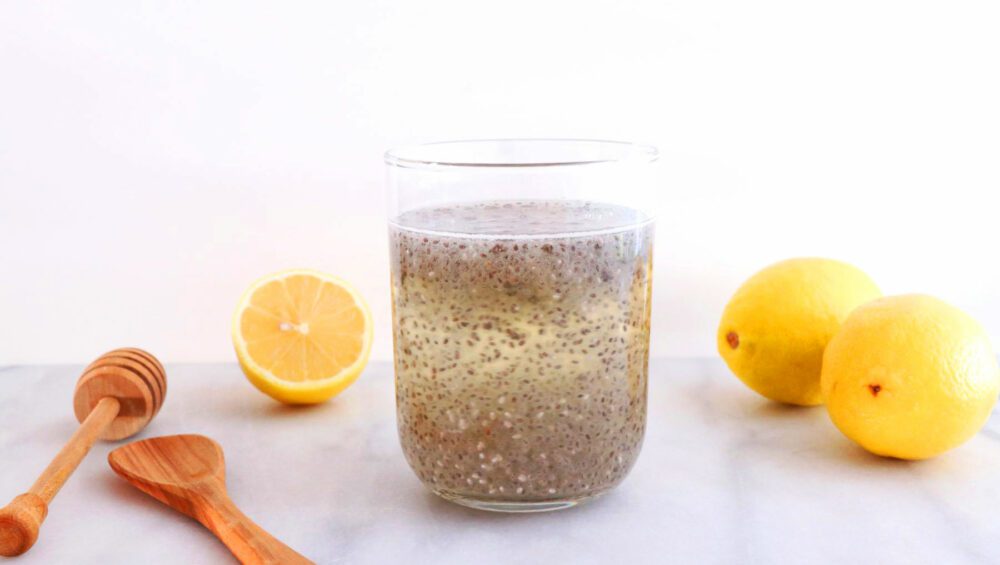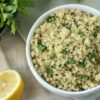
High in Fiber
Just 2 tablespoons of chia seeds provide about 10 grams of fiber, which helps:
Promote healthy bowel movements
Support gut microbiome balance
Keep you full longer (great for weight control)
Zestiva Organic Chia Seeds are a natural way to boost your daily fiber intake.
Complete Plant Based Protein
Chia seeds contain all nine essential amino acids, making them a complete protein source. This is rare among plant-based foods!
Ideal for:
Vegans & vegetarians
Post-workout recovery
Boosting protein intake without processed powders
Support Weight Management
hanks to their fiber and protein combo, chia seeds help:
Reduce appetite
Control blood sugar spikes
Prevent overeating
Add them to your smoothies or yogurt for a filling, low-calorie boost.
Naturally Gluten Free
If you’re gluten intolerant or following a gluten-free lifestyle, chia seeds are a perfect fit.
Zestiva Organic Chia Seeds are:
Certified organic
Non-GMO
Naturally gluten-free
Sourced sustainably
.
Final Thought
Chia seeds are small but mighty — offering fiber, protein, omega-3s, antioxidants, and more in every spoonful. Whether you’re aiming to boost energy, improve digestion, or eat cleaner, Zestiva Organic Chia Seeds are a smart, affordable, and convenient way to support your health.
What is Chia Seeds
Chia seeds are tiny black or white seeds from the Salvia hispanica plant, packed with nutrients, fiber, and omega-3 fatty acids. Despite their size, these seeds deliver a nutritional punch that makes them one of the most popular superfoods in the world.
At Zestiva, we offer organic, non-GMO chia seeds grown without pesticides — available right here in Singapore for health-focused individuals and families.
Examples of popular superfoods include salmon, kale, açaí berries, kefir and almonds, just to name a few. Since there is not a strict definition of superfoods, any food that is nutrient-dense is commonly put into this category.
Rich in Omega Fatty Acid
Chia seeds are among the best plant-based sources of omega-3 fatty acids, which:
Lower inflammation
Support brain health
Improve heart function
Perfect for vegans or anyone who doesn’t eat fish regularly.
Packed with Antioxidants
Antioxidants in chia seeds help:
Fight free radicals
Slow aging
Protect skin and immune health
Zestiva’s chia seeds are minimally processed to retain their full antioxidant power.
Easy to Add to any Diet
Chia seeds have a neutral flavor and can be added to:
Smoothies
Oats & granola
Yogurt
Chia pudding
Baked goods
Water or lemon juice (chia water)
Just soak them in liquid for 10–15 minutes to form a gel-like texture.
ilk.
Where to buyOrganic Chia Seed in Singapore
Looking for premium chia seeds in Singapore?
You can buy Zestiva Organic Chia Seeds online and get fast delivery across the island.
H) Quinoa

What is a superfood?
Superfoods are considered to be nutrient powerhouses that provide large quantities of antioxidants, phytochemicals (chemicals in plants responsible for colors and smells), vitamins and minerals. Most superfoods are plant-based, but some fish and dairy also make the cut.
Examples of popular superfoods include salmon, kale, açaí berries, kefir and almonds, just to name a few. Since there is not a strict definition of superfoods, any food that is nutrient-dense is commonly put into this category.
Benefits of superfoods
The high vitamin and mineral content found in superfoods can help your body ward off diseases and keep you healthier. When incorporated into a well-balanced diet, these foods can promote heart health, weight loss, improve energy levels and even reduce the effects of aging.
Antioxidants found in many superfoods may help prevent cancer, while healthy fats can reduce your risk of heart disease. Fiber, which is also found in many superfoods, can help prevent diabetes and digestive problems while phytochemicals have numerous health benefits including reducing your risk of developing cardiovascular diseases. Superfoods are also known to protect your organs from toxins, help lower cholesterol, regulate metabolism and reduce inflammation.
Eating a well-balanced diet
It’s important to note that while superfoods are good for your health and provide many nutrients you need on a daily basis, eating superfoods alone does not contribute to a healthy diet. Eating too much of one type of food can actually be detrimental to your health and prevent you from getting all of the nutrients you need. For this reason, superfoods should be added to a well-balanced diet, not replace one.
“No one food can provide you all of the essential vitamins, minerals and antioxidants you need,” says INTEGRIS dietitian Meagan Ballard. “It is very important to eat a wide variety of nutrient-rich foods to obtain the health benefits our bodies need. There is nothing wrong with eating a food item that provides you a good amount of a specific vitamin or mineral that you need, but our bodies require many vitamins and minerals to function properly, so don’t rely on one superfood alone to achieve this.”
A well-balanced and nutritious diet should include fruits, vegetables, lean protein, whole grains, legumes and nuts while limiting the intake of sodium, bad fats and refined sugar. When combined with exercise and regular physical activity, a healthy and nutritious diet can work wonders for your health. As Ballard says, “Food IS medicine.”
Popular superfoods
Below are some of the most popular superfoods and the benefits they provide. When adding superfoods to your diet, be aware that unprocessed, natural varieties offer the most benefits. Foods can quickly lose their nutrient-rich superiority when processed or sugar is added for flavor. For example, green tea provides many antioxidants that your body needs, but is often processed using inferior tea and brewed with copious amounts of sugar, lessening its health benefits.
A) Açaí Berries
Açaí berries are grown in Central and South America and are the fruit of the Amazon palm tree. They are high in antioxidants, healthy fats, fiber, B vitamins, magnesium, potassium and phosphorus — meaning they definitely live up to their superfood designation. Studies have shown that these berries can help suppress and repair oxidative damage and help you maintain normal blood sugar.
Other berry varieties, like blueberries, strawberries and cranberries, are also rich in vitamins, soluble fiber and phytochemicals. Certain antioxidants and plant compounds found in berries can slow the growth of cancerous cells and help protect memory and cognitive function.
B) Kefir
You’ve probably never heard of kefir, but it’s one of the most probiotic-rich foods on the planet. Kefir is a cultured, fermented beverage made from kefir grain and raw milk. This yogurt-like beverage is high in protein, B vitamins, potassium and calcium. However, it’s most powerful health benefit is its probiotic properties. Probiotics can improve the healthy bacteria ratio in your gastrointestinal tract, treat and prevent diarrhea, treat irritable bowel syndrome and reduce gastrointestinal infections, among other benefits.
Because kefir is fermented, people who are lactose intolerant can enjoy kefir and all of its many benefits despite the fact that it’s made from milk.
C) Avocado
Avocados are known to help with everything from reducing cholesterol and alleviating arthritis to lessening the side effects of chemotherapy. Avocado is high in monounsaturated fats that can improve good cholesterol levels. It is dense with vitamins E and B6, which aid in red blood cell formation, helping protect body tissues from free radicals, producing glycogen (an energy source for your body) and promoting skin health.
Avocados can also help your body absorb carotenoids — plant pigments responsible for bright red, yellow and orange hues found in other fruits and vegetables. Carotenoids are great because they contain high levels of vitamin A, the vitamin linked to reducing your risk of cancer, heart disease and eye degeneration.
D) Kale
A commonly known superfood, kale is a leafy green vegetable high in vitamins A, C and K as well as calcium, manganese, antioxidants and iron. Kale is very low in calories and high in omega-3 fatty acids, which help fight inflammatory conditions such as arthritis, asthma and certain autoimmune disorders.
Like kale, other leafy greens such as Swiss chard, collard greens, mustard greens, spinach, cabbage and broccoli are rich in vitamins that support vision, prevent blood clots, support bone health, boost metabolism and prevent certain cancers.
E) Salmon
Salmon is rich in omega-3 fatty acids, which can help lower your risk of heart disease and stroke. Introducing salmon into your diet can decrease your blood pressure, reduce inflammation and even boost your mood. This fish is also rich in vitamin D and selenium, which prevent cell damage and benefit your hair, skin, nails and bones. The American Heart Association recommends eating fish such as salmon at least two times per week.
F) Ginger
A little-known superfood but widely-used spice, ginger can give your immune system a boost, fight infections and protect against cancer. Ginger has been used throughout history as a treatment for nausea, digestive problems and muscle pain but has also been known to reduce inflammation and lower blood sugar. Try adding ginger to meals as a spice, drinking it in tea or taking ginger root supplements.
G) Sweet Potatoes
Sweet potatoes are an excellent source of fiber, vitamin A, vitamin B6, vitamin C, iron, magnesium and potassium. All of these nutrients can help prevent heart attack, keep you looking younger, promote immune system health, improve vision and maintain healthy teeth, bones and skin. Since sweet potatoes are naturally sweet, they don’t require the extra butter, cream or salt that is typically added to potatoes to make them taste better.
H) Quinoa
Quinoa is a super grain that is high in fiber and protein; in fact, it contains more protein than any other grain. Besides high levels of protein, quinoa is also a source of iron and potassium.
Quinoa is technically not a grain but is actually a seed. Quinoa is naturally gluten-free and is often used as a rice substitute. On top of all of its other benefits, quinoa is also a great source of many vitamins, minerals and antioxidants.




